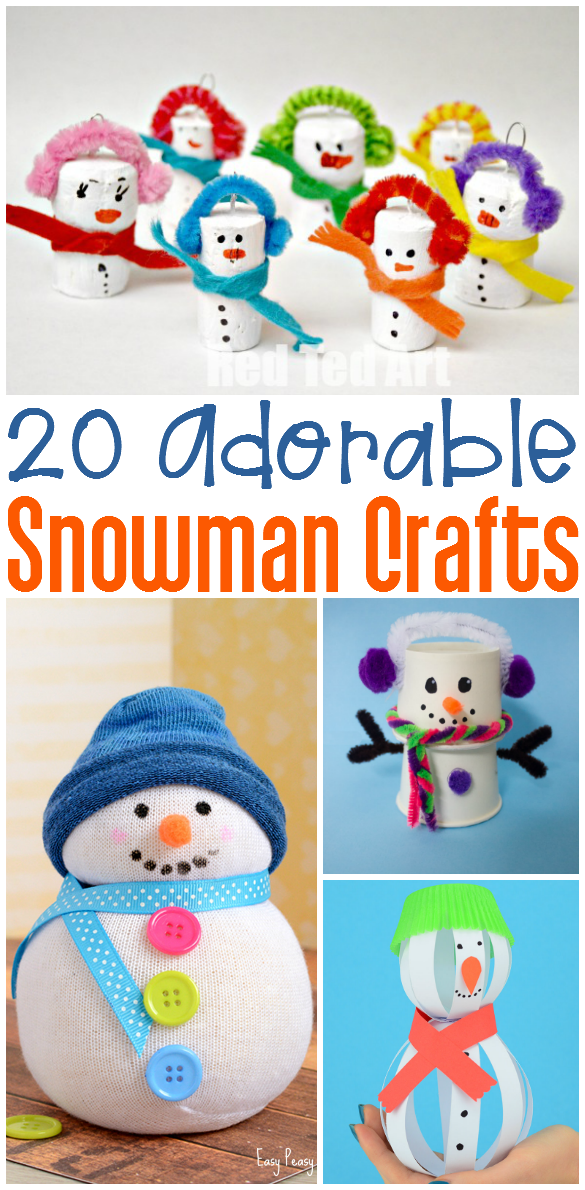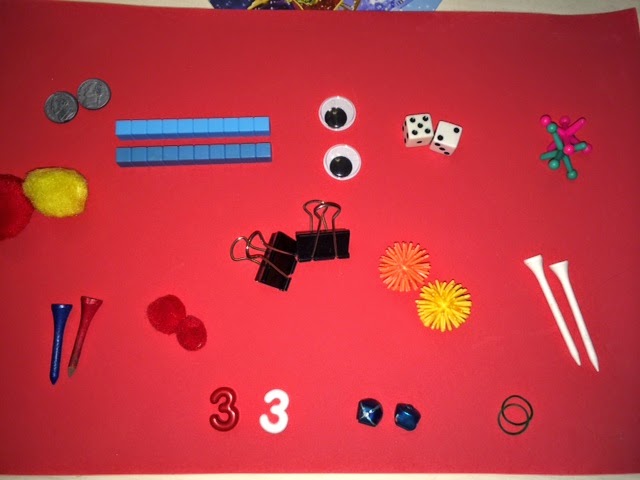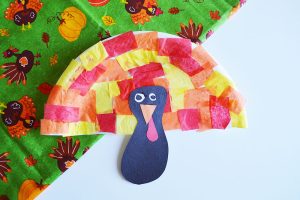
20 Snowman Crafts
Who wants to build a snowman? We do! This week we’ve rounded up some snowman crafts and activities. Each link contains a fun…
3) The feel and ID game is one of my favorites! You can buy one OR create your own. Grab any two items in your home that are the same and add one of each to a paper bag. Place the second set in a line in front of your child. Ask her to feel the items in the bag and using only her hands to feel, find the matches. This skill called “Stereognosis” is valuable. This is the ability to perceive and identify objects by using only the sense of touch. It’s the same one we use when we reach into our purse to feel for our lipstick or wallet!
 |
| Match items I found in our home. |
5) Punch holes into Holiday cards with a one-hole punch. Here’s an example of one to purchase for older children. Gather up ribbon, string, or twine and lace the holes. The results can be quite pretty and could be given as gifts to family and friends! When children use their hands together (bilateral integration), they build skills used throughout their lifetime. Additionally, while holding the string, kids refine fine motor skills. For additional fine motor work, use red and white pipe cleaners/chenille stems and show kids how to twist them together to create candy canes! Make an example for them and watch them fall in love with this activity!
With a little creativity, many activities can be fun and therapeutic! Be creative and use objects found in your own home or at the dollar store to keep the budget low. Play with your child and the memories you make together will last a lifetime!



